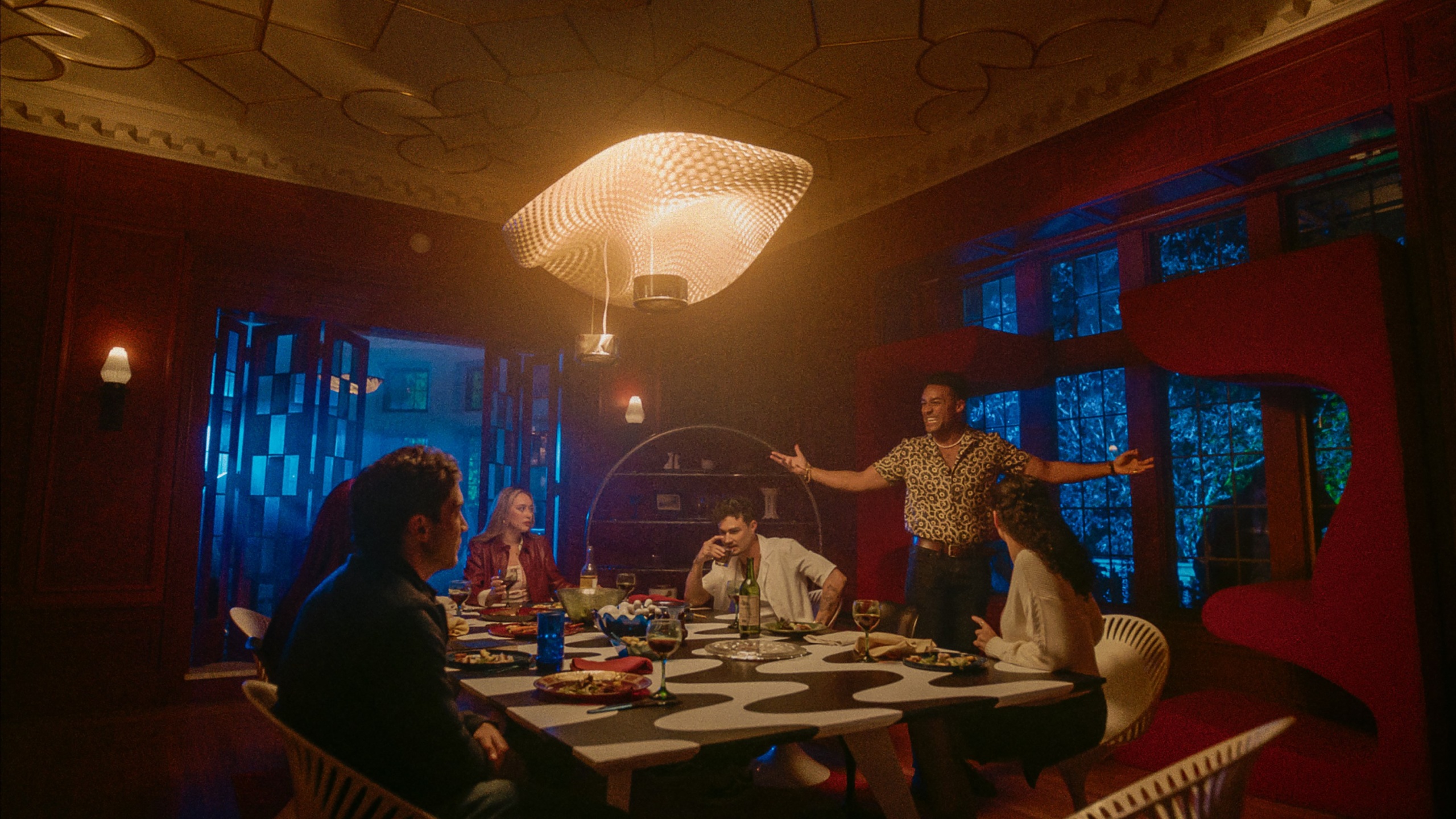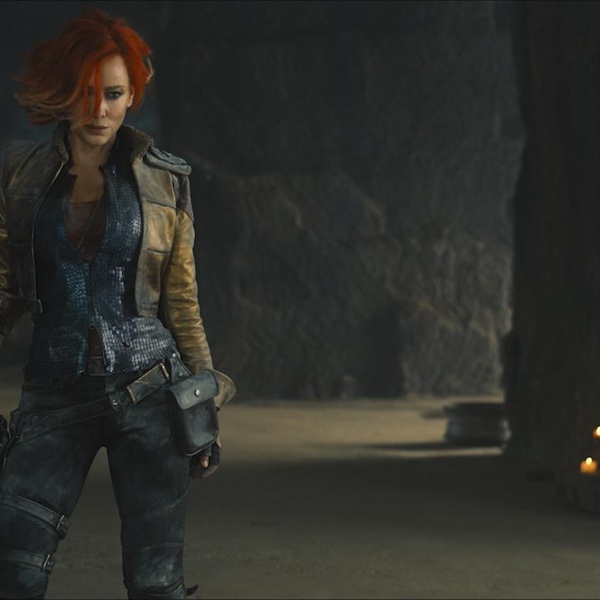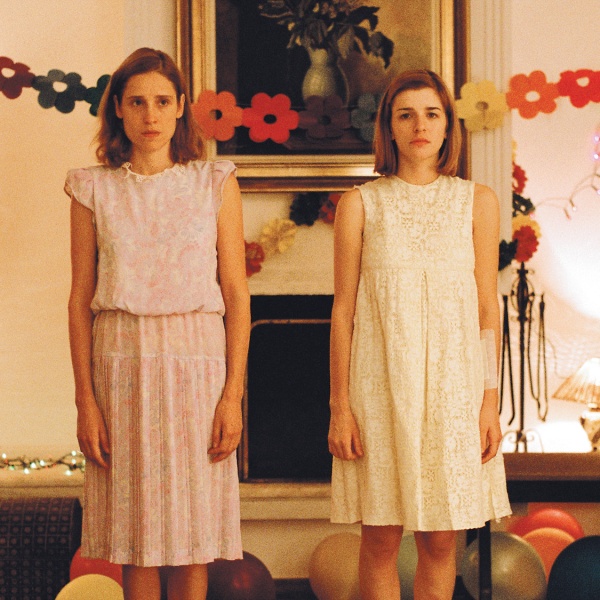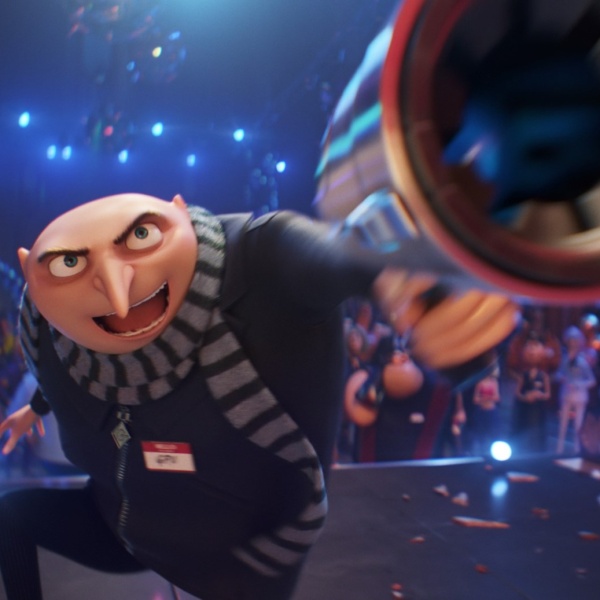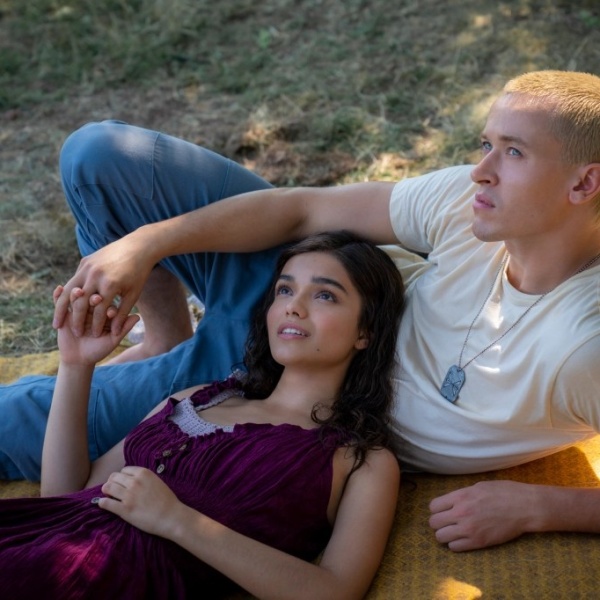When writer/director Greg Jardin conceived his ensemble body-switching comedy “It’s What’s Inside,” he was fully aware of the traditions he was following. As he told IndieWire, he saw the movie as “‘The Big Chill’ meets ‘Freaky Friday’ by way of ‘Black Mirror.’” Because “It’s What’s Inside” would, like “The Big Chill” and so many horror films (including the recent “The Front Room”), take place mostly in one house, he knew the key was to make sure that it didn’t resemble any he had seen before.
“Production designer Terry Watson and I tried to make the house feel as unique as possible,” Jardin told IndieWire. “We came up with a plot device where [the owner] had been an artist, so she made her house into an installation.” That gave Watson free rein to make the house as wild and unrealistic as she wanted, though her initial inspiration came not from the script but from the actual house the crew used as a location.
“The first thing everybody asked was, ‘Who lives here?’” Watson told IndieWire. “Because there were some weird little dungeons in the house already. That for me was the ‘a-ha!’ moment, because we were already intrigued without us even going in and changing everything as an art department.”
“The house was a great find,” Jardin said. “It was actually a house that was for sale in Portland, Oregon — one of our producers, Kate, just found it on Zillow. Terry transformed a lot of it. It didn’t have the checkered floor or the blue squares on the wall or all the furniture she brought in. I know she was drawing a lot from ‘A Clockwork Orange’ and other films from the 1970s.”
Watson’s first step was to treat the house like any other character in the movie and figure out its backstory. “We developed a story for the character of Reuben’s mother, who used to own the house,” she said. “We decided that she was an artist in the 1960s and Reuben couldn’t get rid of her art because it means something to him. That would explain all the weird, funky, and 1960s-inspired psychedelic rooms. The house is an art piece in itself, leaving it up to us to decide if it’s good or not.”

Watson, Jardin, and the producers stayed in the house when they arrived in Portland for prep, and at night they would watch movies that seeped into the DNA of “It’s What’s Inside.” “We watched Scorsese’s ‘After Hours,’ and Argento’s ‘Suspiria,’” Watson said, noting that the feeling of anxiety generated by those films was similar to the emotional effect Jardin was going for and tied in with the philosophy of seeing the house as a character.
“Thinking of the house as a character, it’s very inviting at the beginning,” Watson said. “Then it starts going south. It’s like having a relationship with someone where you’re initially showing the best parts of yourself, then later the trauma starts to come out.” Visually, this manifested itself in a progression from light to darkness. “In each scene, we made the movie darker and moodier. The brightest colors are in the first walk into the foyer; by the time you get into the basement, what you see doesn’t even make sense.”
Like Jardin, Watson wanted to make sure that the movie wouldn’t become stagnant due to its limited locations; that meant taking a “more is more” approach when it came to playing up the outrageousness of the house, which has a vagina-like sculpture out front and just gets weirder the further the cast (and audience) explore inside. “We would ask, how can we push it even further,” Watson said. “We did that with the shapes of furniture, with the wallpaper we made, and whenever we thought it was crazy, we would take another step and do even more.”
Thinking in these terms took some getting used to for Watson, who believes that, in general, a production designer’s work should be invisible. “The best work for me is work that is not noticed,” she said. “The art department tends to be a more quiet department, and I like that. It’s why I didn’t become an actor. This was a bit challenging for me because I had to rewire my brain to be like, okay, we have to be seen. How crazy can we get?”
“It’s What’s Inside” begins streaming on Netflix October 4.
